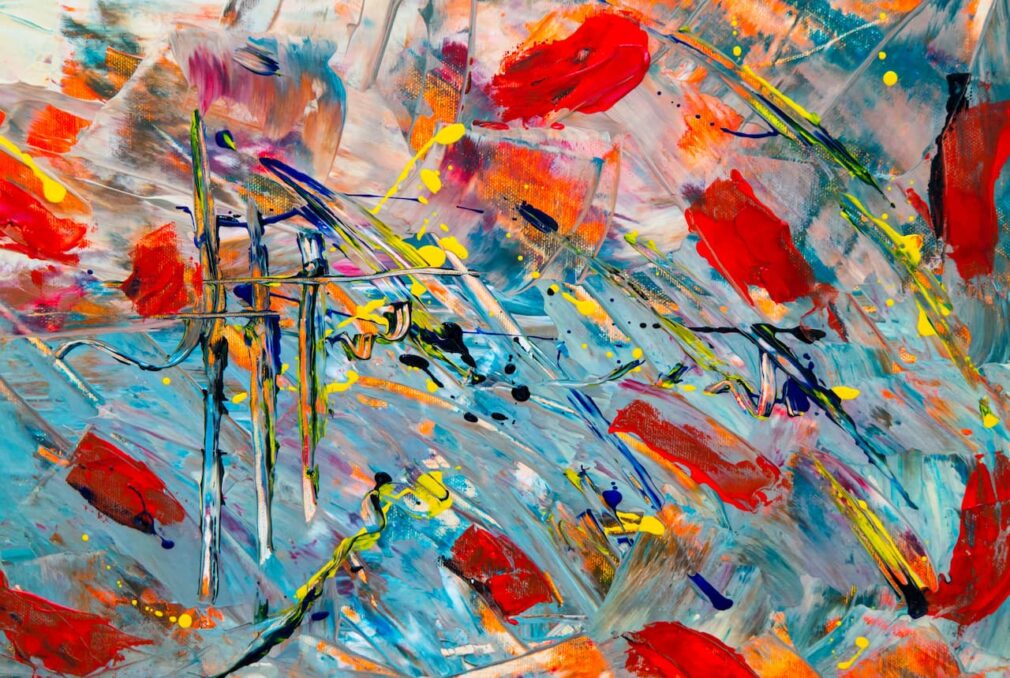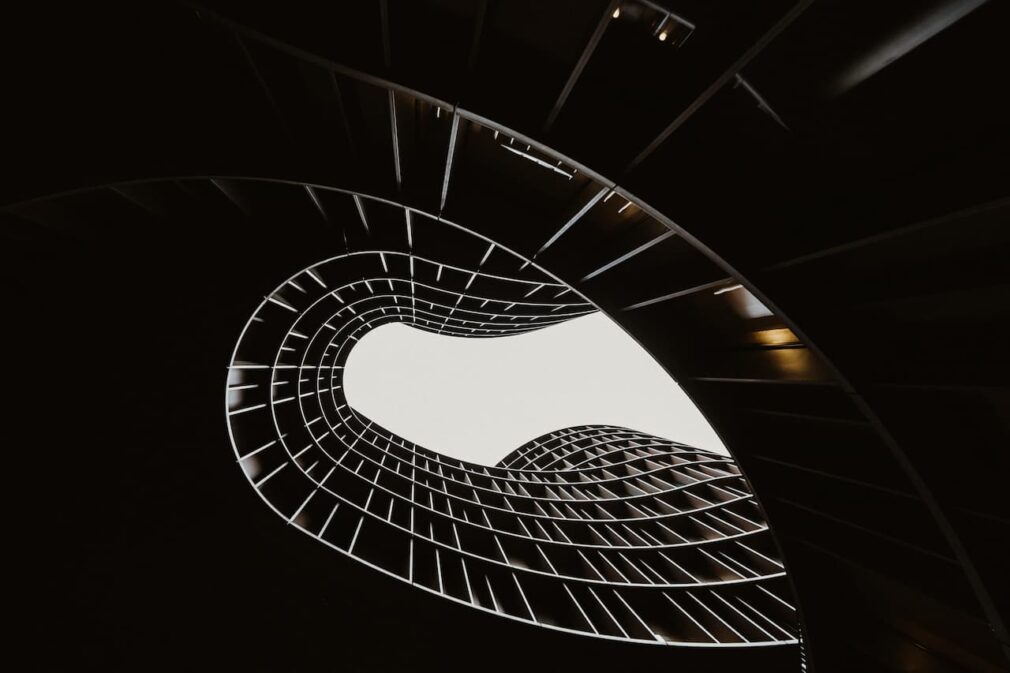Many tourists travel to other countries for museums, to see paintings by foreign artists. The best ones are in the Netherlands, and you can find out more about them on the online casino website. The best ones are in the Netherlands, see the Casino Zonder review website https://onlinecasinozonder.com/ for more information. But back to art, let’s look at the most popular art movements and their characteristics.
Realism
Contemporary art is quite diverse and realism is a good place to start. It is considered to be one of the most popular art movements. It seeks to portray reality as fully and adequately as possible. By creating images, they present its diversity and typical features. Life is portrayed truthfully in its various manifestations.
Realism differs from many other movements that have emerged in the twenty-first century in that it is not a temporary phenomenon in art. It has been around for about 200 years and is loved by a large number of artists. Realism is suitable for a variety of genres from portraiture to history.
The French painter Gustave Courbet is considered the founder of this trend.
The American artist of note was Edward Hopper, who depicted scenes from the life of ordinary Americans in his paintings.
Thomas Williams Roberts, one of the founders of the Heidelberg School, was a proponent of realism. The Austrian painter celebrated life in the countryside of his native continent.
Expressionism
Expressionism is a movement in European art that emerged during the Art Nouveau era. It enjoyed enormous popularity in the first decade of the twentieth century, mainly in Germany and Austria. Expressionism does not so much reproduce reality as it expresses the emotional state of the artist.

This trend in art recognised the author’s right to influence the audience with shocking content, defying current standards in painting. The painters tried to evoke a sea of emotion in the audience, using themes of frustration, anxiety and fear to do so.
Expressionism deliberately distorts the proportions of objects and people in paintings and simplifies the images. The painters who worked in this direction refrained from painstakingly sketching fine details. The deep emotional component of the creative intent in such paintings is often supplemented by vivid feelings.
The list of the most famous expressionist artists includes Edward Munch, Max Beckmann and Ernst Ludwig Kirchner.
Impressionism
It is difficult to imagine real art without Impressionism. It is a particular current in painting that reveals the possibility of depicting an impression of a particular moment on canvas. In the paintings created by the masters of this movement, it is possible to trace common features, including:
- the specification of the place and time of the action;
- emphasis on the essentials;
- immediacy.
The moment is captured “here and now”, taking into account the lighting, the weather and the time of day. It is up to the artist to decide what is most important. The audience, contemplating canvases by impressionists, looks at the crowd or the landscape together with them, picking out different details from reality. Quite often there is a feeling that the image existing in the painting is alive.
One of the most famous works painted in the Impressionist genre, The Ballet Star, by Edgar Degas.
The subjects in such paintings are always mundane, they can be called life-like. Most are landscapes, for example Alfred Sisley’s Lawns in Spring.
Impressionism was also loved by Camille Pissarro, Claude Monet and Eugène Delacroix.
Surrealism
Surrealism, which emerged in the 1920s of the twentieth century, is also on the list of popular art movements. Its distinctive features are allusions and paradoxical combinations of forms. There is an opinion that the development of this trend took more than 40 years. New currents emerged in the 1960s.
Salvador Dali is considered to be the most famous representative of this genre. Many of his works also have the characteristics of academism. His paintings create a special atmosphere and are worth a lot of money, and can be admired in museums in the Netherlands as well.
Surrealism was also loved by René Magritte; it was he who painted the famous painting “The Lost Jockey”.
Modernism
Modernism refers to a set of movements in painting in the late nineteenth and early twentieth centuries. This genre advocates the rejection of realism, replacing it with a sensual perception, conveying the artist’s inner world. The painters who chose this genre were free to create as they wished and were not constrained by the limits of reality.

Edouard Monet worked in the modernist genre and painted Breakfast on the Grass. Henri Matisse (Family Portrait) and Pablo Picasso (The Maidens of Avignon) loved this genre.
All of the works had one thing in common – the artists managed to present familiar images in unconventional forms.
Postmodernism
Postmodernism is a broad trend in art that reflects the search for new meanings by contemporary painters. This search is a response to the crisis experienced by classical culture. We are talking about a global trend sweeping the world. A set of trends, united by a common ideological basis.
Francis Bacon, Gerhard Richter, Andy Warhol and many other contemporary artists wrote in the genre of postmodernism.